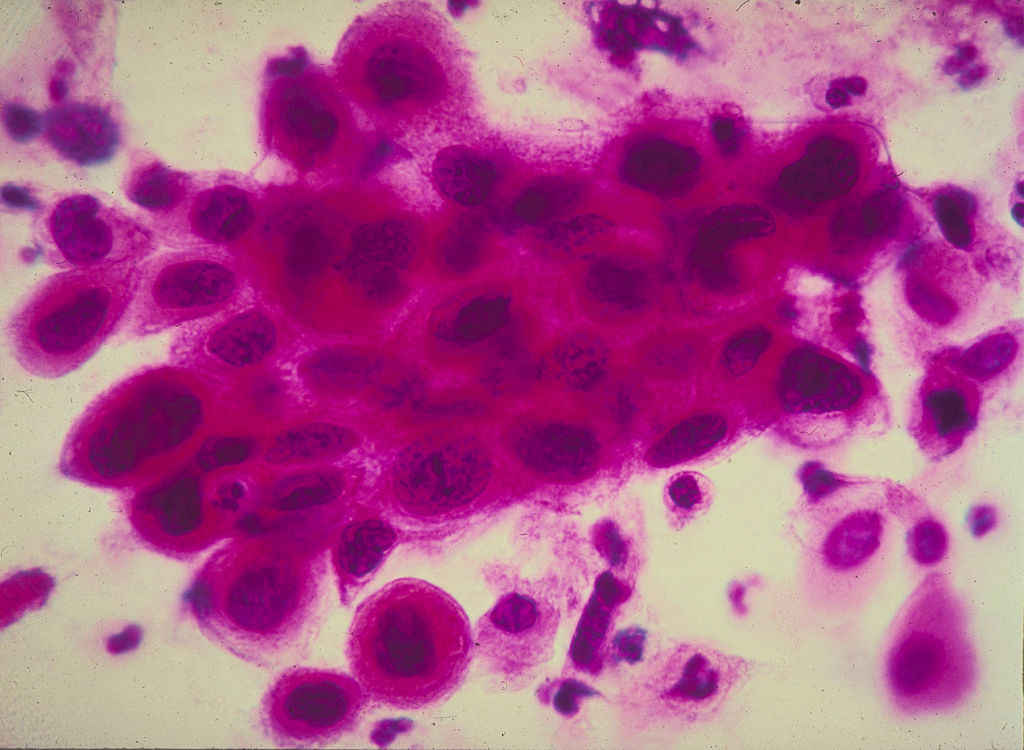Oxford University Researchers Unveil Groundbreaking Study on Parkinson’s Disease Monitoring
In a groundbreaking study, researchers at Oxford University have revealed the potential of combining wearable sensor data with advanced machine learning algorithms to vastly improve the accuracy of monitoring Parkinson’s disease. This innovative approach surpasses the limitations of conventional clinical observations and offers more precise predictions regarding disease advancement.
Parkinson’s disease is a complex neurological ailment that primarily affects motor control and movement. While a definitive cure is yet to be discovered, early intervention is crucial in slowing down the progression of the disease in affected individuals.
The current diagnostic and tracking methodology for Parkinson’s relies on neurologists using the Movement Disorder Society-Unified Parkinson’s Disease Rating Scale (MDS-UPDRS). However, this scale is subjective, leading to inaccuracies in classification.
To address this issue, the comprehensive study observed 74 individuals diagnosed with Parkinson’s disease over 18 months. The participants were equipped with wearable devices containing sensors strategically positioned on various parts of the body. These sensors, equipped with gyroscopic and accelerometric functionalities, recorded 122 distinct physiological metrics as patients engaged in activities like walking and postural sway tests.
To make sense of this wealth of data, custom software programs integrated advanced machine learning algorithms for analysis. The data obtained from wearable sensors was compared to the established MDS-UPDRS assessments, considered the gold standard in medical practice.
Following the release of the research results on Nature, Dr. Antoniades and her research team received inquiries from fellow professionals and various media outlets. While the study represents a significant breakthrough, Dr. Antoniades emphasized that it should not be mistaken as a definitive cure for Parkinson’s disease. Instead, it provides researchers with a valuable tool to assess the effectiveness of innovative treatment approaches.
Having more accurate insights into the progression of Parkinson’s disease is a valuable asset for researchers, but it does not represent a cure. However, the integration of wearable metrics can expedite the development of treatments for the ailment.
This groundbreaking study by Oxford University opens up new possibilities for Parkinson’s disease monitoring and brings hope to those affected by the condition. With further research and advancements, this technology could significantly improve the lives of individuals living with the disease.
© 2023 TECHTIMES.com. All rights reserved. Do not reproduce without permission.

I have over 10 years of experience in the cryptocurrency industry and I have been on the list of the top authors on LinkedIn for the past 5 years. I have a wealth of knowledge to share with my readers, and my goal is to help them navigate the ever-changing world of cryptocurrencies.



